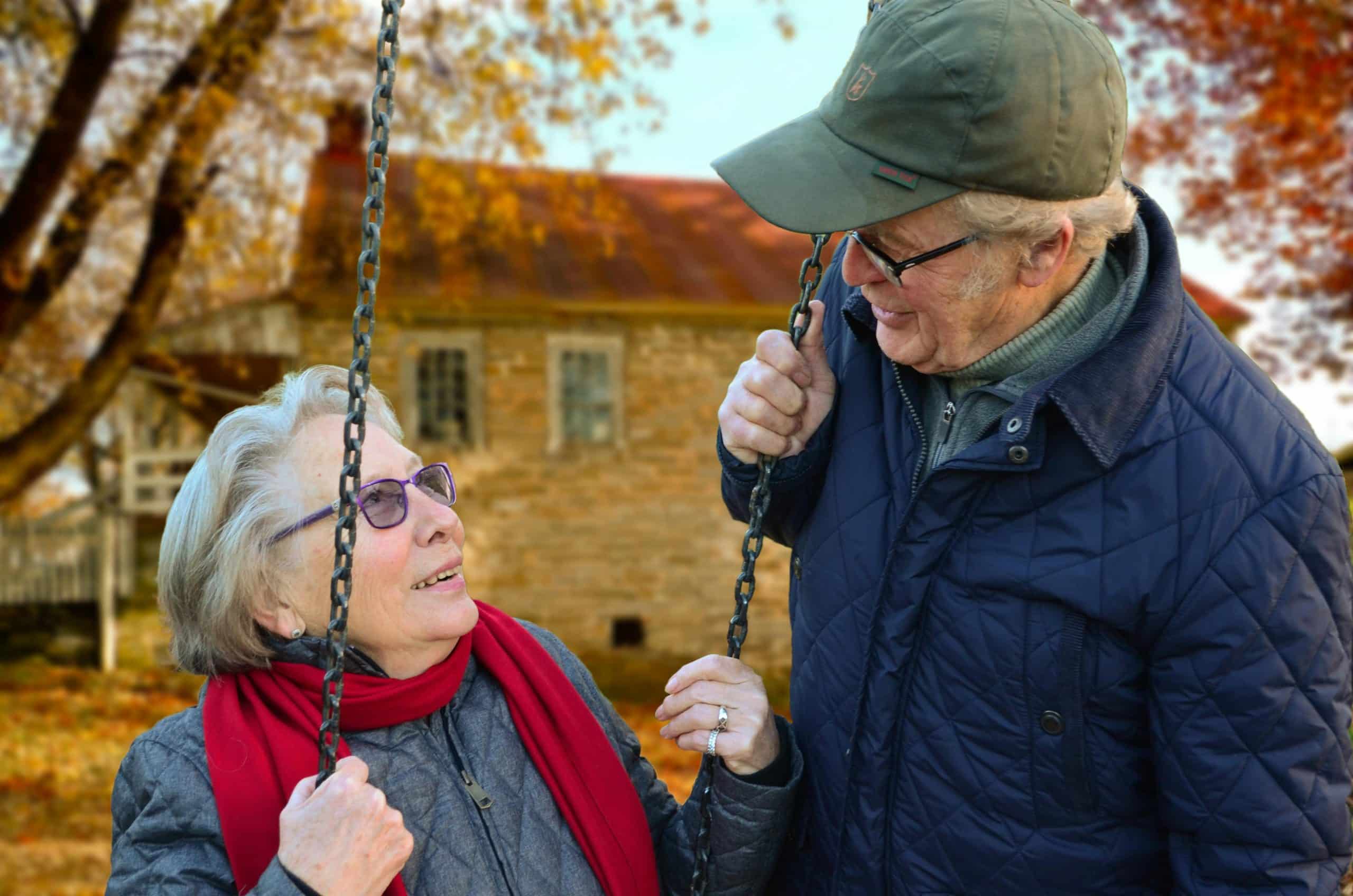Wearable technology has revolutionized the way we manage our health, opening up new possibilities for constant, real-time monitoring of various aspects of our physical well-being. In particular, seniors, who often have specific health and fitness concerns, can greatly benefit from this technology. This article explores the ways in which wearable devices can assist older adults in monitoring and improving their physical health.
The Function and Features of Wearable Devices for Seniors
A wearable device is a piece of technology that can be worn on the body, such as a wristband or a pendant, and can record or communicate various types of data. Many wearable devices for seniors come equipped with features made specifically to cater to their unique needs and concerns.
Additional reading : What Are the Best Low-Sugar Snack Options for Seniors with Diabetes?
They’re not just about clocking steps or tracking sleep, many of these devices can also monitor heart rate, blood pressure, and other vital signs. Some even have built-in fall detection and GPS tracking, providing peace of mind for the user and their loved ones. Such features can be crucial for seniors, as timely detection of irregularities can lead to early intervention, potentially preventing serious health issues.
These devices often come with user-friendly interfaces, designed keeping older adults in mind. Large displays, easy-to-understand data, and simple navigation are some common design elements you might find in such devices. Furthermore, most of these devices can connect to smartphones or other devices, allowing users or caregivers to monitor data and receive updates remotely.
Have you seen this : What Are the Best Strategies for Seniors to Protect Themselves from Online Scams?
Tracking Physical Activity Through Wearable Devices
Physical activity is essential for maintaining good health, particularly for seniors. Regular exercise can help prevent numerous health issues such as obesity, heart disease, and osteoporosis. But it’s not always easy to keep a track of how much activity you’re getting each day.
That’s where wearable devices come in. They can log the number of steps taken, the distance traveled, and even the type of activity undertaken. Some advanced models can differentiate between walking, jogging, swimming, and other forms of exercise. They give the user a clear picture of their overall physical activity level, making it easier to set and achieve fitness goals.
For older adults, who may need to maintain a moderate level of activity, these devices can ensure that they’re not overexerting themselves. Many wearables can alert the user if their heart rate goes above a certain limit during exercise, helping them maintain a safe level of exertion.
Health Monitoring and Heart Rate Tracking
Heart disease is a major concern among older adults. Hence, continuous heart rate monitoring is one of the most beneficial features of wearable technology for seniors. It allows for the detection of irregularities like arrhythmia, tachycardia, and bradycardia, which could signal an underlying heart condition.
It’s not just about heart rate though, wearable technology can monitor other key indicators of health as well. Some devices offer SpO2 monitoring, which measures the oxygen saturation in the blood, a critical data point for individuals with conditions such as COPD or asthma. Others may track sleep patterns, providing insights into sleep quality which can have a massive impact on overall health and well-being.
Emergencies and Fall Detection
One of the fears that older adults and their loved ones often have is the risk of falls. Falls can lead to serious injuries and complications, particularly for seniors. That’s why some wearable devices include built-in fall detection.
These devices use sensors to detect sudden changes in motion and altitude, which can signal a fall. If a fall is detected, the device can automatically send an alert to designated emergency contacts, or even to a professional monitoring service. This feature not only provides peace of mind, but can also be a literal lifesaver in case of an accident.
Ease of Use and Adaptability
While all these features are beneficial, they’d be of little use if the devices weren’t easy to use. Fortunately, many wearable devices for seniors are designed with user-friendly interfaces. Large icons, easy-to-read text, and intuitive navigation are all standard on these devices.
Additionally, these devices are adaptable. They can be worn as wristbands, pendants, or even as clips on clothing. This versatility means that seniors can choose the form factor that suits them best, increasing the likelihood that they’ll consistently wear and use the device.
To sum it up, wearable technology can be an invaluable tool for seniors, helping them monitor their health, stay active, and maintain their independence. By providing real-time data, alerts for potential health issues, and instant access to help in an emergency, these devices can help older adults live healthier and safer lives.
The Social Support and Motivation Aspect of Wearable Technology
One of the lesser-known benefits of wearable devices is the social support and motivation they can provide. Many of these devices offer features like social sharing, where users can share their progress with friends and family. This can be a great source of motivation, encouraging older adults to stay active and reach their fitness goals.
Most fitness trackers offer the ability to set daily, weekly, or monthly targets for steps, distance covered, or calories burned. Achieving these targets can provide a sense of accomplishment, further driving seniors to maintain an active lifestyle.
Wearable technology also offers the opportunity for seniors to participate in community-based fitness challenges. For instance, some devices allow users to compete with friends or family members to see who can get the most steps in a given time period. This friendly competition can add a fun element to fitness, helping to maintain interest and motivation over the long term.
Moreover, wearable devices can play a significant role in providing social support for older adults, contributing to their overall well-being. For example, the “Apple Watch” has a feature that allows users to share their activity and workout information with others, providing a platform for mutual encouragement and support. In senior living communities, this feature can be particularly beneficial, fostering a sense of camaraderie and mutual encouragement among residents, thereby promoting physical activity in a positive and supportive environment.
The Future of Wearable Technology for Seniors
Looking ahead, the potential of wearable technology for seniors is vast and largely untapped. As technology advances, we can expect to see devices that are even more tailored to the needs of older adults. These advancements could include more accurate health monitoring, improved fall detection, and even the ability to predict potential health issues before they become serious.
One exciting area of development is the integration of artificial intelligence (AI) with wearable devices. AI could be used to analyze the vast amounts of data collected by these devices, helping to identify patterns that could signal potential health issues. For instance, subtle changes in heart rate, sleep patterns, or activity levels could be flagged, allowing for early intervention and potentially preventing serious health problems.
Moreover, as wearable technology becomes more widespread, there could be increased opportunities for integration with other aspects of senior care. For instance, data from wearable devices could be automatically shared with healthcare providers, enabling them to monitor their patients’ health more closely and provide personalized care.
In conclusion, wearable technology holds great promise for assisting older adults in tracking and managing their physical health. Wearable devices not only provide real-time, accurate health monitoring but also offer a source of motivation and social support, promoting an active and healthy lifestyle. While there are already numerous benefits to using wearable technology, the future holds even more exciting possibilities. As we continue to innovate and improve these devices, their role in promoting health and well-being among seniors is likely to become even more significant.











